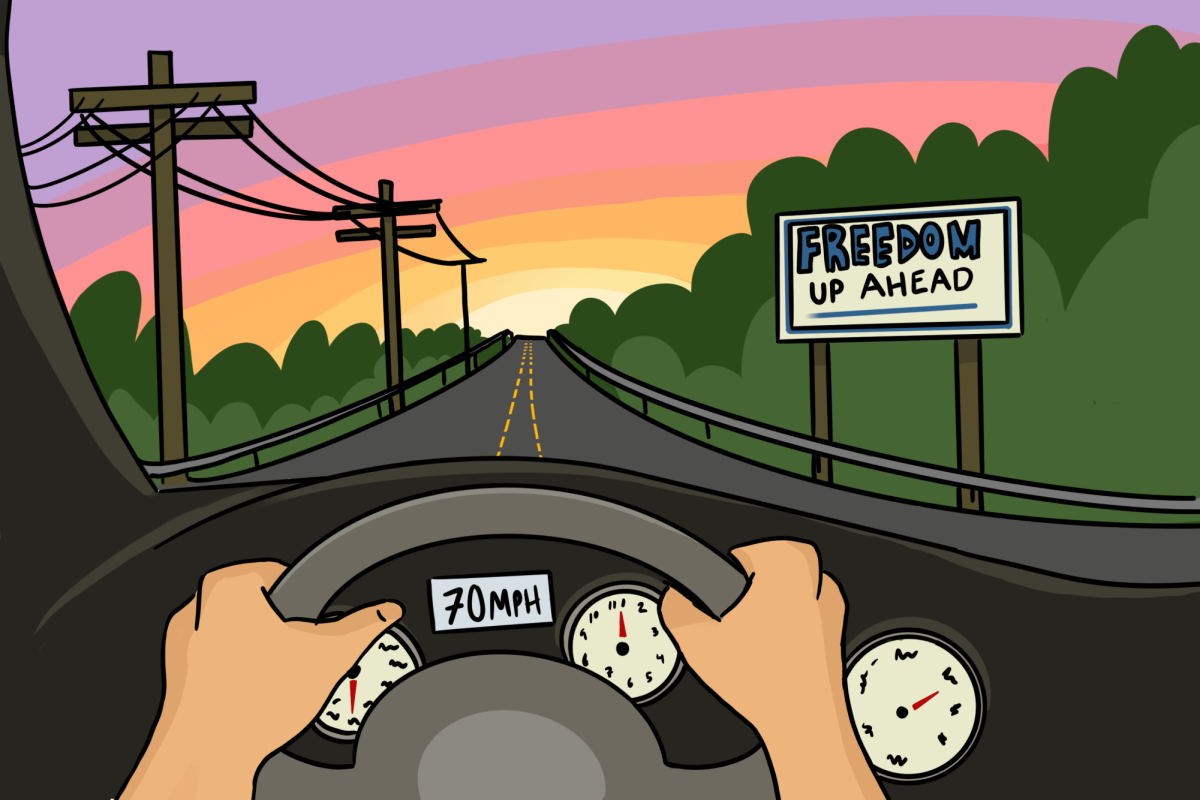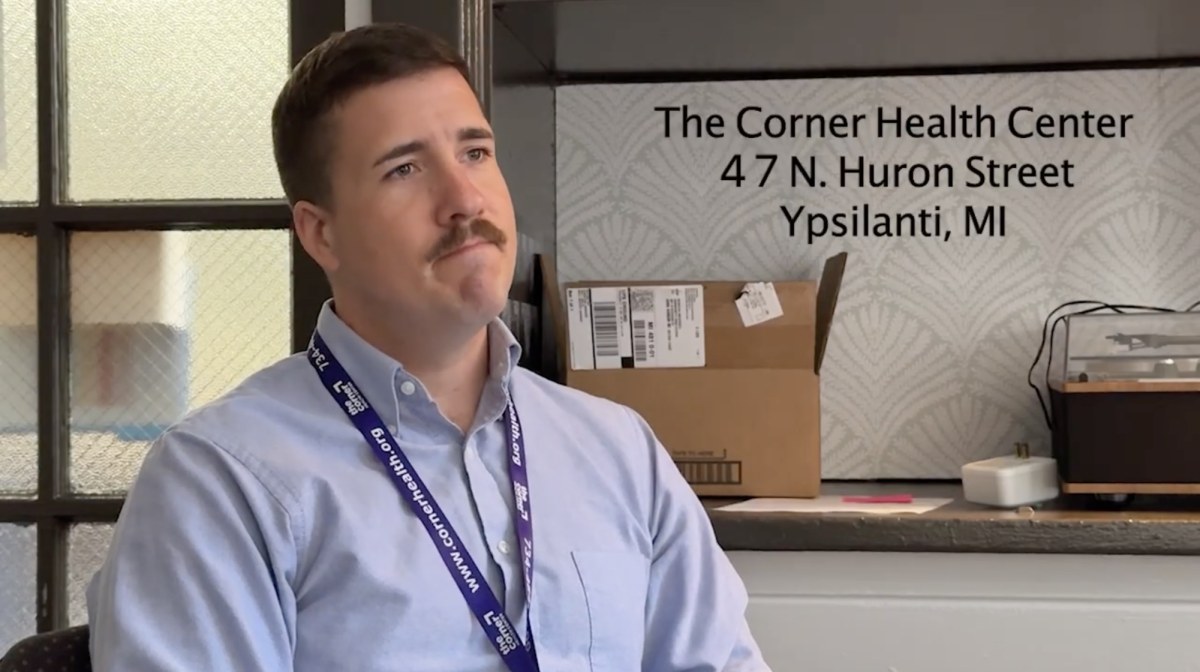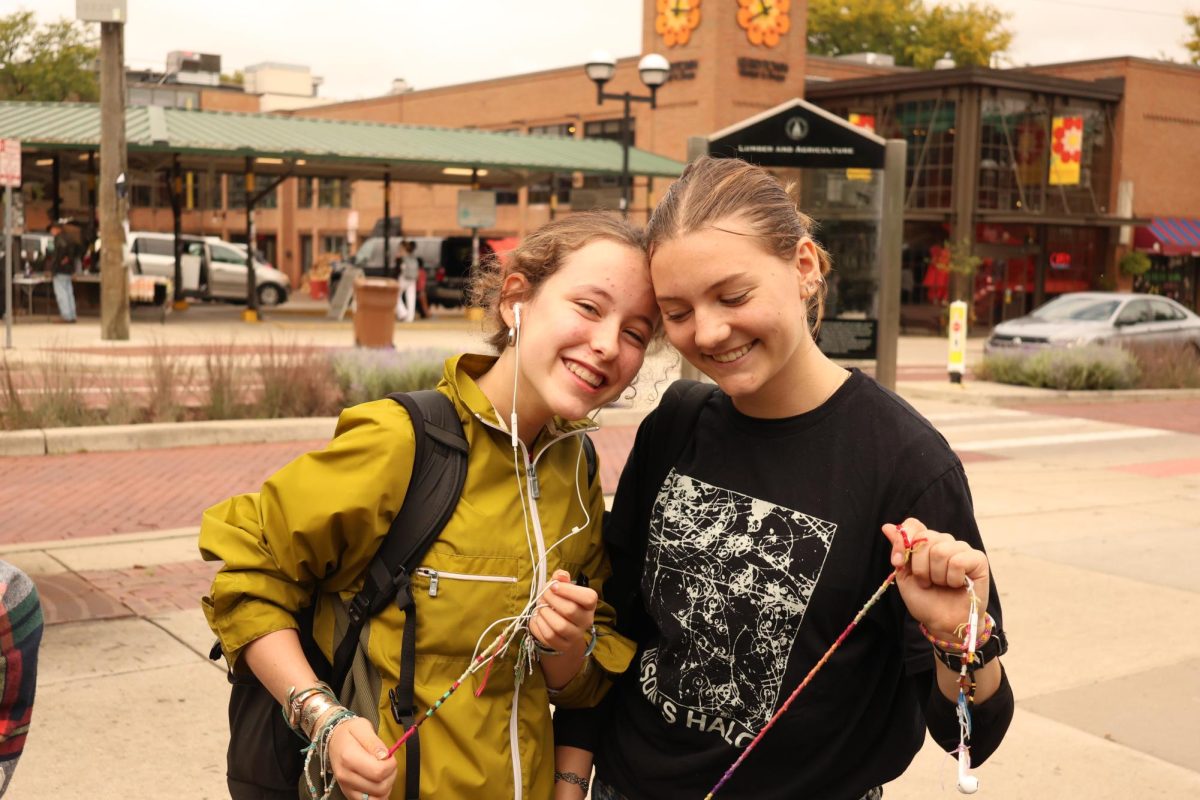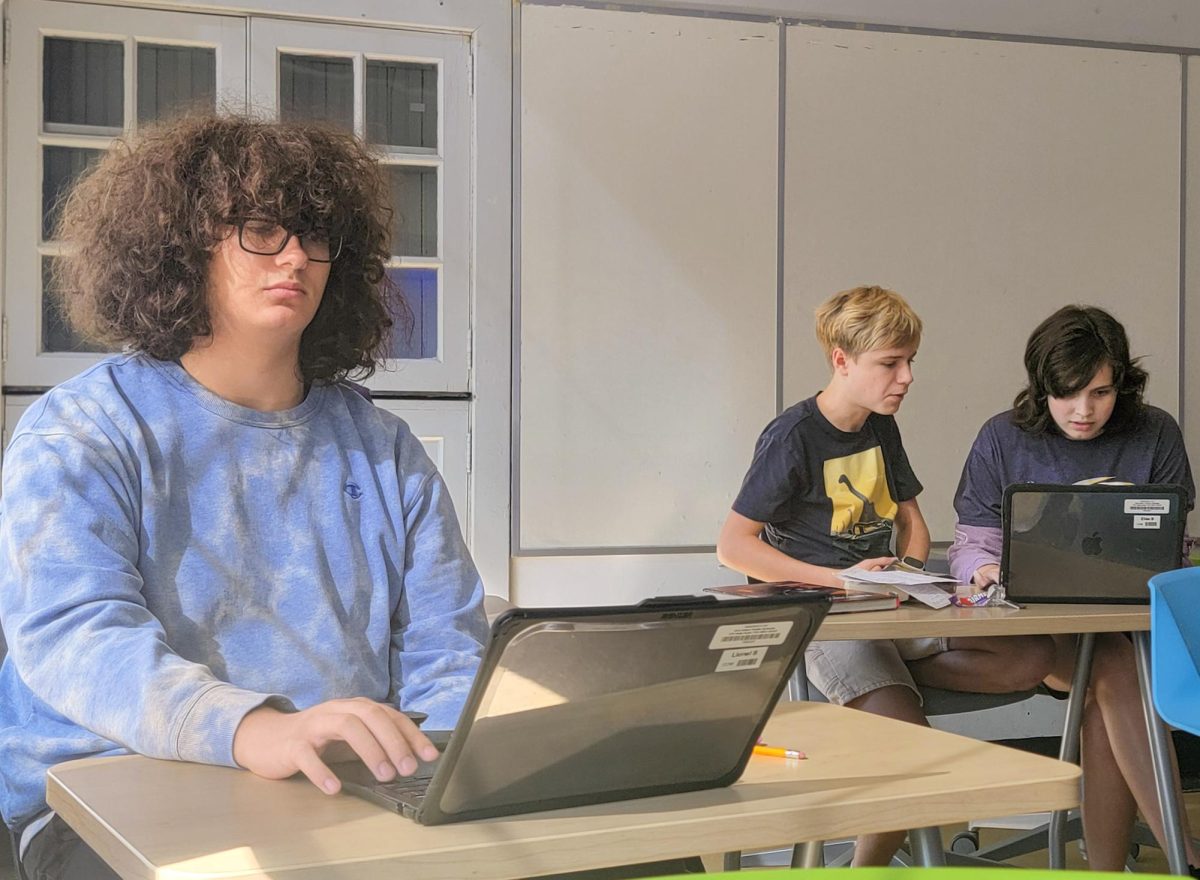The sound of screeching tires accompany a heart-stopping moment of panic. One moment, everything is normal — then, suddenly, disaster is inches away. For teen drivers, this reality comes with the newfound freedom of being behind the wheel. But that freedom carries life-or-death stakes, a lesson often learned through close calls or hard experiences.
According to the Center for Disease Control (CDC), motor vehicle crashes are the leading cause of death for U.S. teens. In 2020, about 2,800 teens (ages 13–19) were killed, and approximately 227,000 were injured in motor vehicle crashes. The risk of a crash is particularly high during the first months of licensure, with data showing that the crash rate per mile driven is about 1.5 times as high during this period.
Leo Castilho, a senior who has been driving for about a year and a half, recognizes both the advantages and risks of teen driving. While he believes driver’s education should be mandatory, he also thinks many road rules are simply common sense. Castilho has never been in a crash but he has had a close call while stalled in traffic on the way to rowing practice. Distracted by a joke his friends made about a license plate, he went to take a picture and nearly rear-ended the car in front of him. Castilho was only able to avoid a crash by slamming on his brakes at the last second.
Although Castilho is confident in his driving abilities, he acknowledges that some new drivers take unnecessary risks. He warns against reckless speeding, questioning whether the brief thrill is truly worth the potential consequences.
“There’s no guarantee that you will survive,” Castilho said. “I think a lot of them [new drivers] just are speeding all the time, which is fun, but at the same time, is it really worth it?”
For others, the dangers of driving become even more real after experiencing an accident. CHS junior Turo Bartolomei had a wake-up call when he was rear-ended after school, an event that completely changed his approach to driving.
“It was very surreal; there were a few times where I started pinching myself, thinking, ‘Is this real or not?,’” Bartolomei said. “But it’s real life, and every single time I get into a car now, I’m much more careful.”
Bartolomei stresses the importance of staying focused on the road. He has seen firsthand how small distractions can have major consequences. According to the National Highway Traffic Safety Administration (NHTSA), there were 3,308 deaths as a result of distracted driving in 2022. Checking a notification, adjusting music, or glancing away for a second could be the difference between life and death.
While having a learner’s permit does not come with the freedom of having a license, learning to drive is not an experience free from stress or danger. Sophie Banta, a sophomore with a learner’s permit, has been practicing with her parents since July. She has found the transition to driving with her parents difficult, noting that experienced drivers sometimes struggle to explain the basics. What comes naturally to someone who has been driving for decades isn’t always easy to teach to a beginner.
“I feel like it’s hard for people that know how to drive to help people start driving because they know it so well,” Banta said. “They’ve been doing it for 40 years. It’s just muscle memory for them.”
However, Banta realized just how high the stakes are, changing her approach to driving. While talking to her mom, she accidentally ran a red light. Oncoming traffic had already started moving, and she was seconds away from being hit.
“If I had been a few seconds slower, I don’t know what would have happened.”
The near-miss was enough to make her much more careful around the dangers of distracted driving. While Banta is excited to eventually drive on her home, she is now careful to avoid distractions.
For many teens, gaining the ability to drive means newfound independence. Bartolomei describes the transition from driving with parents to being alone as both exciting and daunting.
“You’re always getting hand-fed the stuff by your parents, and when you’re released on your own, it’s very independent, and that was a pretty big adjustment,” Bartolomei said. “But having that independence of being able to drive with your friends or go to a friend’s house is very exciting.”
Even without accidents, the responsibility of driving can be stressful. Both Castilho and Bartolomei have been pulled over, though neither received a ticket. Castilho was stopped for running a stop sign in a suburban neighborhood. The officer warned him that a ticket would have required him to retake driver’s education, and he was grateful to leave with only a warning.
Bartolomei had a similar experience when he was pulled over for a broken bumper light. He was nervous about the encounter, having never interacted with a police officer before, but the officer was understanding and simply advised him to get it fixed.
While some students embrace the thrill of driving, others approach it with caution. Regardless of their confidence level, all young drivers must learn to balance independence and responsibility. Whether it’s a near-miss, an accident, or a moment of carelessness, the consequences can be severe. The road offers freedom, but it also demands attention to the lives at stake. Understanding the risks and responsibilities of driving is essential for all young drivers. Practicing safe habits and staying attentive can make the roads safer for everyone










